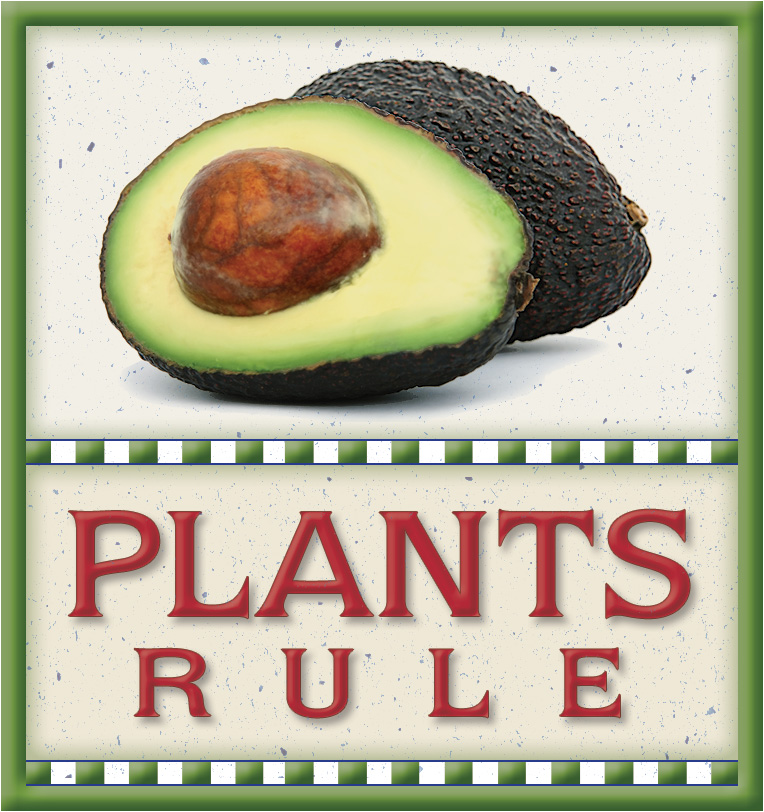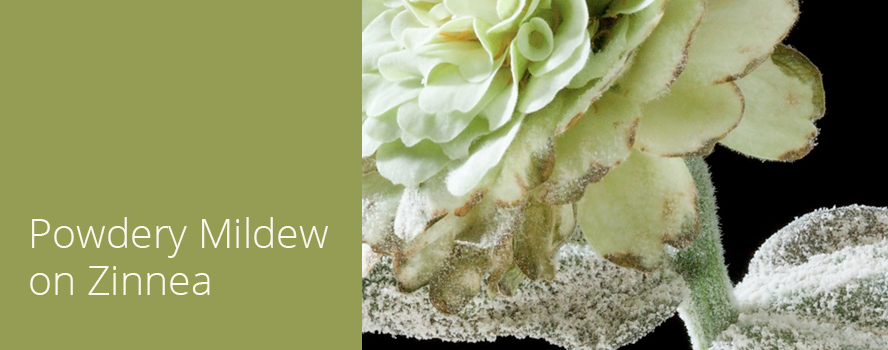Photo by Stephen Ausmus
Biotrophic Versus Necrotrophic Fungi
by Helga George, Ph.D.
Biotrophic fungi are highly specialized and require living plants as a source of nutrients, while Necrotrophic fungi kill their hosts and live off the dead tissue.
Although there are pathogens of nearly every organism in the world, those that kill their host are the exception rather than the norm. Most microorganisms have evolved to live cooperatively with the organism they have infected. While the most extreme example of coordinated existence is symbiosis, some microbial interactions continue with the survival of an ill, but living host. In plants infected with fungi or bacteria, this type of interaction is known as a biotrophic one. In contrast, other fungi do kill their hosts and are referred to as necrotrophs.
Necrotrophic Fungi Use the Nutrients of Dead Plant Tissue
Microbiologists consider a “successful” pathogen one that lives in harmony with its host. The infected organism generally suffers some deleterious effects, but continues its existence while infected with the pathogen. Other pathogens do kill their hosts. In plant pathology, such pathogens are known as nectrotrophs. This derives from the term necro – relating to death. Such organisms frequently secrete enzymes that degrade plant components or toxins that kill the plant’s tissue. They subsequently live on nutrients from the tissue they have killed. They can complete their life cycle on the dead tissue.
Biotrophic Fungi Require Living Plants for Their Survival
In contrast, biotrophic fungi require plant tissue that is actively metabolizing. These fungi withdraw carbon and nitrogen from the plant cells. Although the plants remain alive, their growth can be stunted. The plants generally do remain alive, however. Such biotrophic fungi frequently produce haustoria. These are specialized feeding structures that penetrate directly into the plant cells and withdraw nutrients to the fungus growing on the leaf’s surface.
Pathogens of this type include the rusts and the powdery mildews. A particularly topical rust at the moment is wheat rust. Some strains of this fungi have mutated to overcome many of the resistant forms of wheat. This fungal assault is currently threatening the world’s crops of wheat.
Hemibiotrophic Fungi Require Living Plants for Part of Their Life Cycle
A combination of biotrophic and necrotrophic growth is found in some fungi that require living plant tissue initially. These fungi often form haustoria and draw their nutrients from living plant tissue. As their life cycle progresses, they proceed to kill their host. They subsequently feed off the dead tissue. Such fungi are known as being hemibiotrophic. A classic example is the apple scab fungus.
Fungi Parasitize Plants in Different Manners
Fungal infection of plants is the exception rather than the rule. Plants have elaborate defense mechanisms to ward off most attacks. Some fungi are specialized enough to cause disease on plants, however. Biotrophic fungi require their host plants to remain alive, so they can draw nutrients from the plants. In contrast, necrotrophic fungi produce enzymes and toxins to kill plants and then live off the nutrients from the dead tissue. A mix of these two classes is hemibiotrophic fungi that start out as biotrophs, but then kill their host. Plant pathogen interactions are highly complex and continually evolving in an arms race of plant resistance versus fungal pathogenicity.
Reference:
Agrios, G.N. 2005. “Plant Pathology.” Fifth edition. Elsevier, Academic Press.
QUICK LINKS TO ALL
Suite.io Articles
by Helga George, Ph.D.
AGRICULTURAL SCIENCE
• Polyphenol Oxidase Enzymes Cause Browning of Fruits and Vegetables
CHEMICAL ECOLOGY
• Domoic Acid Poisoning in Sea Lions
• Insects that Make Cyanide
PLANT PATHOLOGY
• Plants Produce Chemicals as a Defense Against Pathogens
• Wheat Rust Threatens World’s Wheat Crops
• Biotrophic Versus Necrotrophic Fungi
• Fungal Haustoria Absorb Nutrients from Living Plant Cells
• The Gene-for-Gene Concept: a Central Tenet in Plant Pathology
GARDENING
• Oenothera speciosa—a Drought Tolerant Perennial Groundcover
• The Magic Lily—a Drought Tolerant Species of Lycoris
SOIL MICROBIOLOGY
• Streptomyces, Antibiotics, and Microbial Conflict in the Soil
AGRICULTURE IN SANTA BARBARA COUNTY
• Chrysanthemum White Rust Outbreak in Southern California

